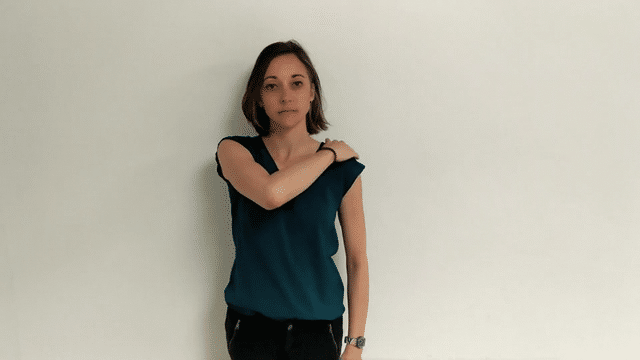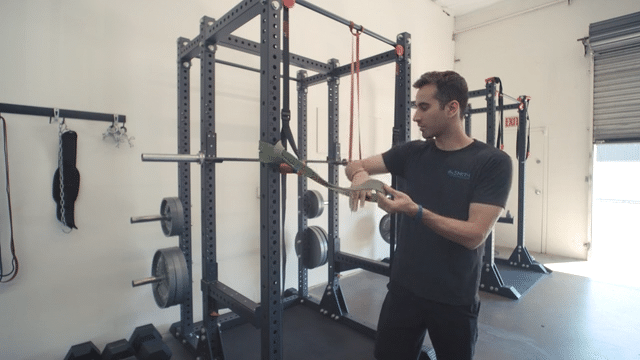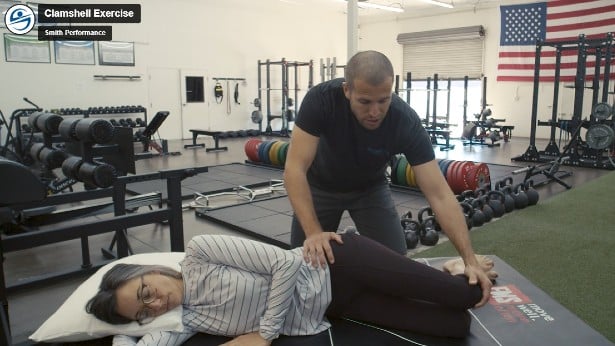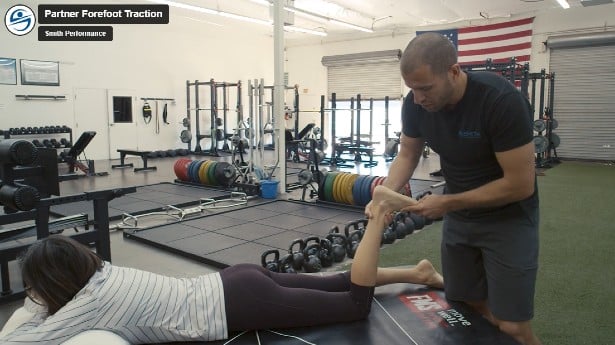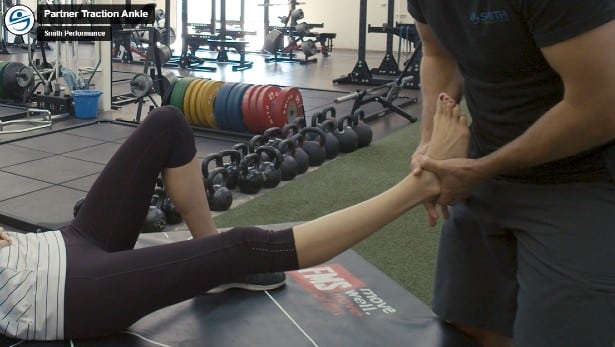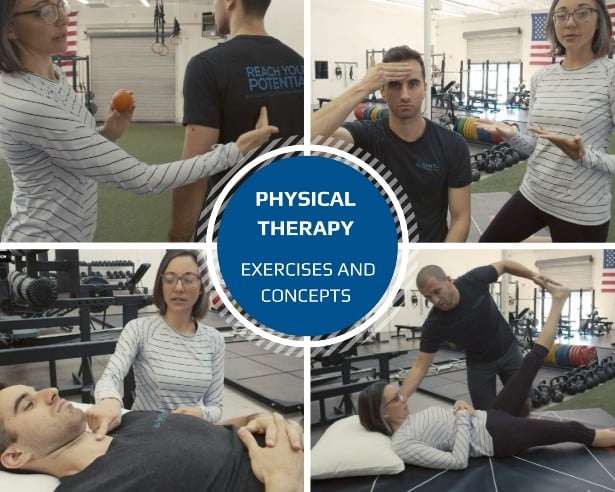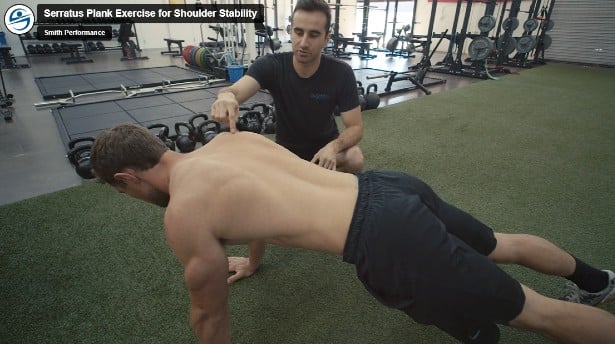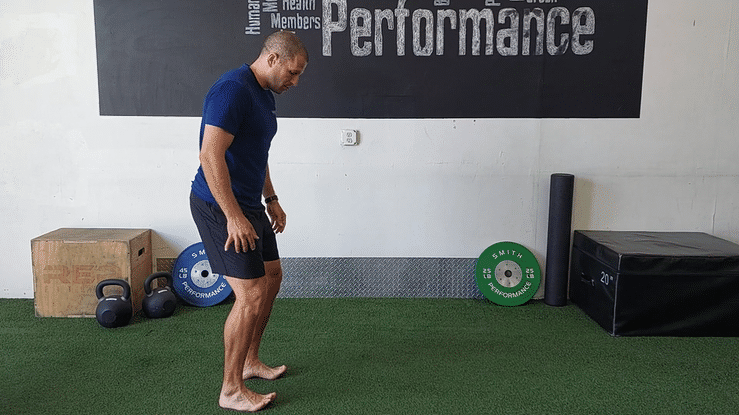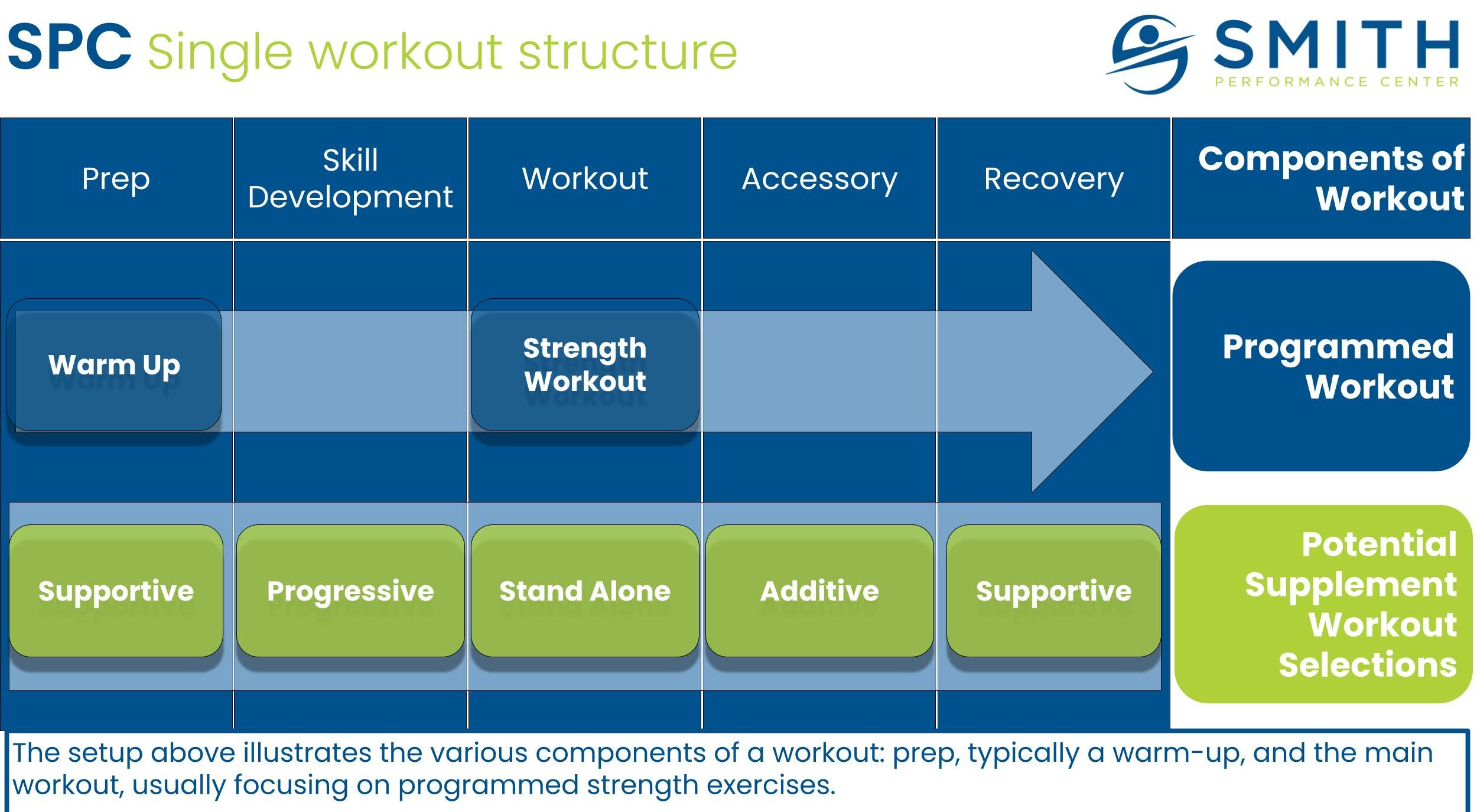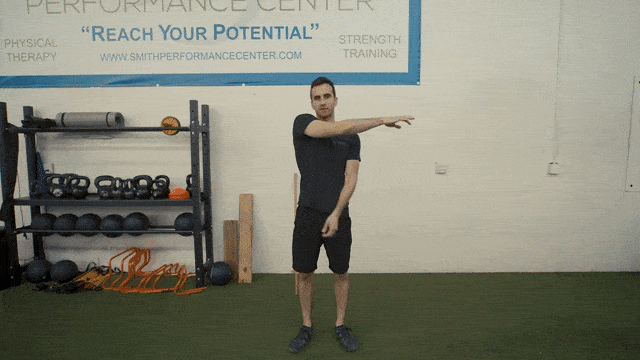
Physical Therapy for Rotator Cuff Injuries and Pain
Tendonitis, Rotator Cuff Tears, and Shoulder Impingement Types of injuries leading to rotator cuff pain Once you understand the anatomy and function of the rotator cuff, you can start to see how they become injured with activity. Refer to understanding the rotator cuff for more information. Any time you use your arm, your rotator cuff works to control the motion. The muscles are placed under very high demands because of this constant usage. The rotator cuff is also placed under high demands due to the size and weight of the arm, which they are responsible for guiding. Look at the size of these muscles compared to the size of the arm- the mismatch between them is clear. Constant usage combined with high demands will increase the likelihood of injury for any muscle or tendon. Combine this with weakness, poor technique, or poor recovery, and the likelihood is even


